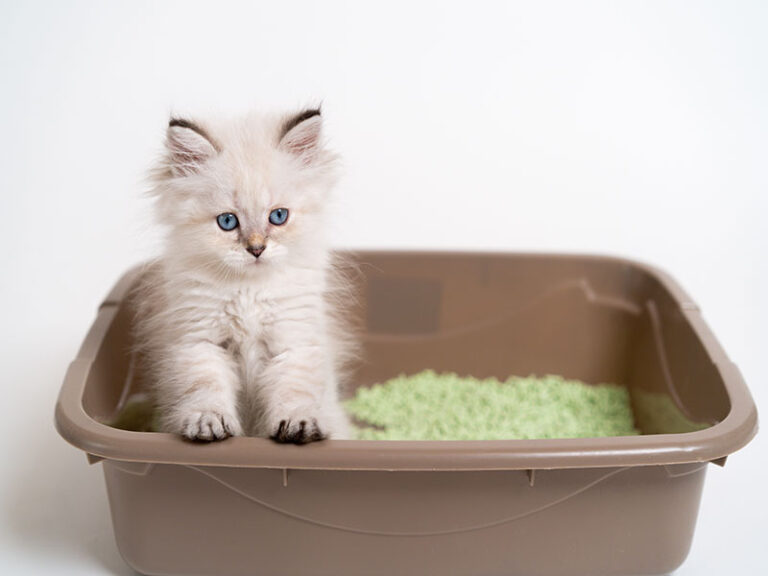Cat litter is an essential item for any cat owner, providing a convenient and hygienic solution for our feline friends’ bathroom needs. However, traditional cat litter options often come with drawbacks such as high costs, environmental concerns, and potential health risks. In this essay, we will explore an alternative approach by delving into the world of homemade cat litter. By creating your own cat litter using natural and sustainable materials, you can not only save money but also contribute to a greener and healthier environment for both your cat and the planet.
Understanding the Benefits of Homemade Cat Litter
Before we dive into the process of making homemade cat litter, let’s explore the advantages it offers. Traditional cat litter can be expensive, especially when considering the ongoing costs. Homemade cat litter allows you to save money by using readily available materials.
Conventional cat litter often contains non-biodegradable substances, such as clay or silica, which contribute to landfill waste. Homemade alternatives offer eco-friendly options that can be composted or recycled.
Some commercial cat litters contain artificial fragrances, chemicals, or dust particles that may be harmful to both cats and humans. Homemade litter provides a natural and chemical-free alternative, reducing potential health risks.
Choosing the Right Materials For DIY Cat Litter
To make homemade cat litter, you will need to select appropriate materials that are safe, absorbent, and odor-controlling. Here are a few options:
Shredded newspaper is an excellent base material for homemade cat litter. Shred it into thin strips, ensuring that no glossy or colored pages are included.
Untreated wood shavings, such as those from pine or cedar, can provide good absorbency and natural odor control. Avoid cedar if your cat has respiratory issues.
Coconut coir, derived from coconut husks, is an eco-friendly option that absorbs moisture effectively and helps control odors.
Wheat bran is a natural byproduct of grain processing and acts as an absorbent material while providing some odor control properties.

Step-by-Step Process of Making Homemade Cat Litter
Now that we have our materials, let’s delve into the process of making homemade cat litter:
Step 1: Prepare the Base Material:
If using newspaper, shred it into thin strips. If using wood shavings or coconut coir, ensure they are finely shredded or chopped into small pieces. For wheat bran, it can be used as is.
Step 2: Add Odor-Control Agents:
To enhance odor control, you can incorporate natural ingredients such as baking soda or activated charcoal. Sprinkle a small amount over the base material and mix it well.
Step 3: Test Moisture Absorption:
Moisten a small portion of the mixture to test its absorbency. The litter should retain moisture without becoming overly soggy or clumping excessively. Adjust the ratio of materials if needed.
Step 4: Fill the Litter Box:
Transfer the homemade litter into a clean litter box, ensuring a depth of at least two inches. This provides ample coverage for your cat to dig and bury waste.
Step 5: Regular Maintenance:
Scoop out solid waste daily and dispose of it responsibly. Stir the litter regularly to distribute fresh material and ensure proper odor control.
Remember you can experiment with ratios, so depending on your cat’s preferences and the level of moisture control needed, you may need to adjust the ratios of materials to find the ideal combination. Cats can be sensitive to changes in their litter, so when transitioning to homemade cat litter, introduce it gradually. Mix a small amount of the homemade litter with your cat’s existing litter, increasing the proportion over time. This gradual transition allows your cat to adjust to the new texture and scent.
While homemade cat litter can be effective in controlling odors, it’s essential to monitor and address any lingering smells. Adding baking soda or activated charcoal periodically can help maintain freshness. Additionally, ensure proper ventilation in the litter box area to minimize odors.
When it comes to disposing of used litter, follow environmentally friendly practices. If using materials like newspaper or coconut coir, they can be composted or added to your green waste bin. If you’re using wood shavings or wheat bran, check with your local waste management guidelines to determine the appropriate disposal method.
Maintaining proper hygiene is crucial for your cat’s health. Regularly clean the litter box, replacing the litter as needed. Additionally, ensure the materials you use are free from harmful substances and contaminants. If your cat shows any signs of discomfort or allergies, discontinue use and consult your veterinarian.



